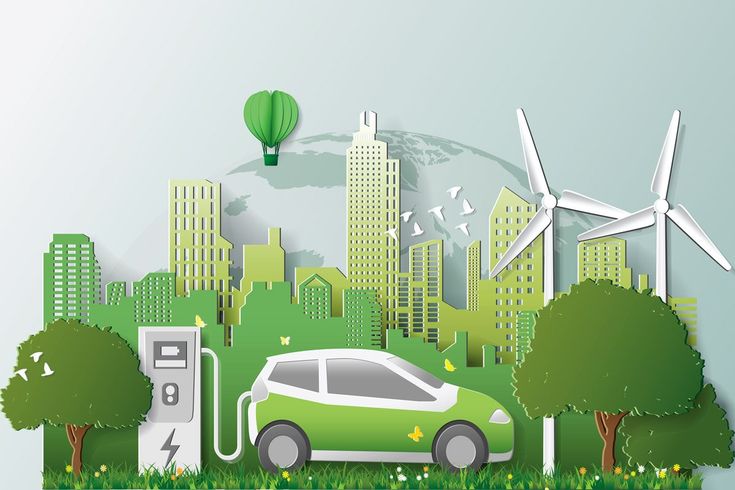Hybrid Electric Vehicles (HEVs) have gained immense popularity as a sustainable alternative to conventional internal combustion engine vehicles. By combining the benefits of electric power and traditional fuel, HEVs offer improved fuel efficiency and reduced emissions. To understand how they operate, let’s explore the key components that make up a hybrid electric vehicle.
1. Internal Combustion Engine (ICE)
The internal combustion engine in an HEV operates similarly to that in traditional vehicles. It burns fuel (typically gasoline or diesel) to generate power. In hybrid systems, the ICE often runs more efficiently, complementing the electric motor to enhance performance and fuel economy.
2. Electric Motor
The electric motor is a crucial component of HEVs, providing additional power to the wheels. It works in conjunction with the ICE to reduce fuel consumption and emissions. In some hybrids, the electric motor can drive the vehicle independently, especially at low speeds.
3. Battery Pack
HEVs feature a high-capacity battery pack that stores energy to power the electric motor. These batteries are rechargeable and are designed to handle frequent charging and discharging cycles. Most HEVs use lithium-ion, nickel-metal hydride (NiMH), or lead-acid batteries.
4. Power Control Unit (PCU)
The Power Control Unit manages the flow of energy between the ICE, electric motor, and battery. It ensures optimal power distribution, switching between electric and gasoline power as needed. This component plays a vital role in achieving the seamless operation of hybrid systems.
5. Generator
In many HEVs, a generator converts mechanical energy from the ICE or regenerative braking into electrical energy. This energy is then used to recharge the battery, improving overall efficiency and reducing reliance on external charging.
6. Regenerative Braking System
Regenerative braking captures kinetic energy produced during braking and converts it into electrical energy. This energy is stored in the battery for later use, increasing the efficiency of the vehicle and reducing energy waste.
7. Transmission System
The transmission system in HEVs transmits power from the engine and electric motor to the wheels. Some hybrids use a continuously variable transmission (CVT), which allows smooth transitions between power sources, while others use traditional automatic or manual systems.
8. Fuel Tank
As hybrids rely partly on gasoline or diesel, a fuel tank is essential for storing the required fuel. HEVs typically have smaller fuel tanks compared to traditional vehicles due to their reliance on electric power.
9. Inverter
The inverter converts the DC (direct current) electricity from the battery into AC (alternating current) electricity needed by the electric motor. This component also converts AC back to DC to recharge the battery during regenerative braking.
10. Cooling System
HEVs have a cooling system to maintain optimal operating temperatures for the engine, battery, and electric motor. Proper cooling is essential for ensuring efficiency, safety, and the longevity of these components.
11. Control Module
The control module is the brain of the hybrid system, coordinating the interaction between the ICE, electric motor, battery, and other components. It ensures that the vehicle operates efficiently, balancing power demands and energy savings.
Conclusion
Hybrid Electric Vehicles are complex systems that rely on the seamless integration of multiple components. Each part—from the electric motor and battery pack to the regenerative braking system—plays a vital role in enhancing fuel efficiency and reducing environmental impact. As the automotive industry continues to innovate, HEVs are expected to become even more efficient and accessible, paving the way for a greener future.

